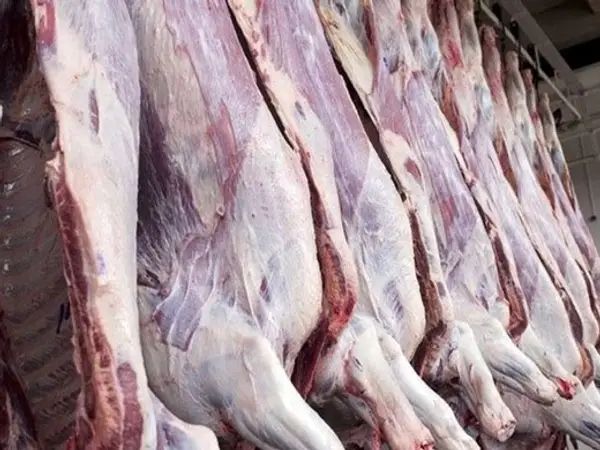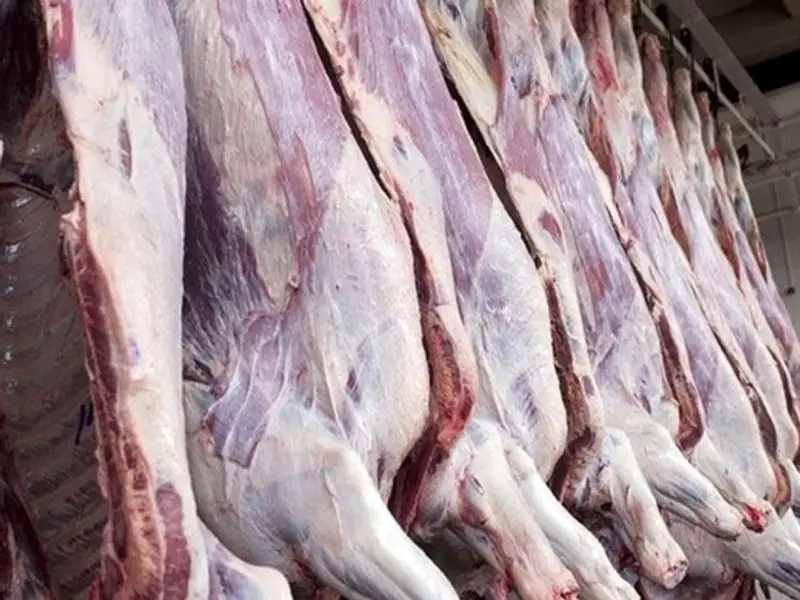The chairman of the country's livestock supply council, Mansour Pourian, told ILNA Monday that a rise in red meat prices had accelerated despite an oversupply in the market.
Consumption of meat has decreased by as much as 50 percent in the past year due to higher prices.
Pourian said that red meat production was higher than consumption, with a surplus of 4 million sheep. He attributed this to stagflation and predicted that drought and water shortages in coming months would raise production costs. But he called on the government to allow the export of live cattle, which was banned last year as means to regulate the market and hold down domestic prices.
Inflation in Iran has been hovering around 40 percent after the United States imposed sanctions in 2018. But food prices have been rising at alarming levels, with government figures showing above 60-percent inflation at retail level in 2021, compared with 2020.
Aftab News website in Tehran reported on Sunday that one kilo of average fresh lamb meat has reached $8, which is not so high in comparison with Western countries, but is unaffordable for many Iranians who make around $200 a month.

